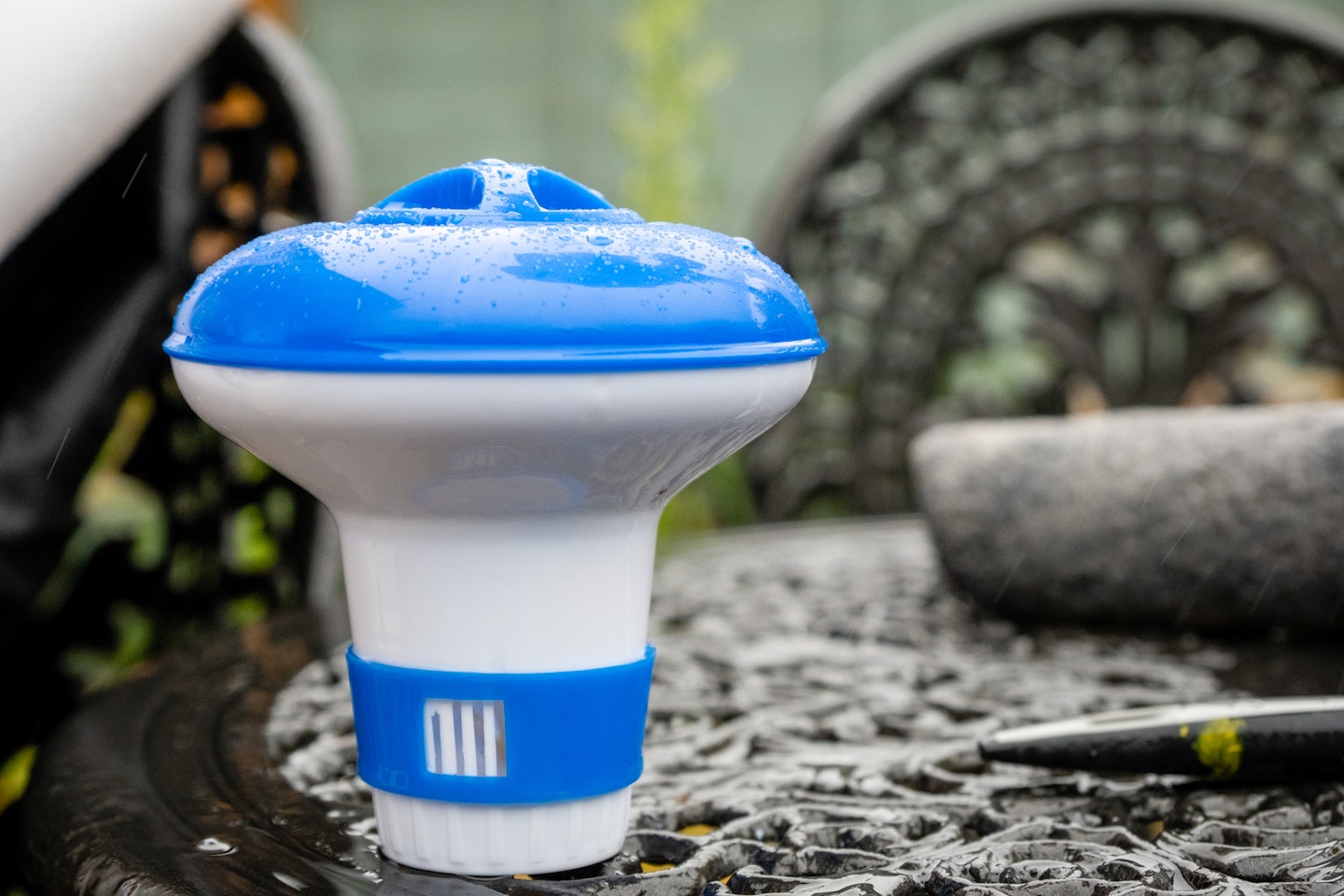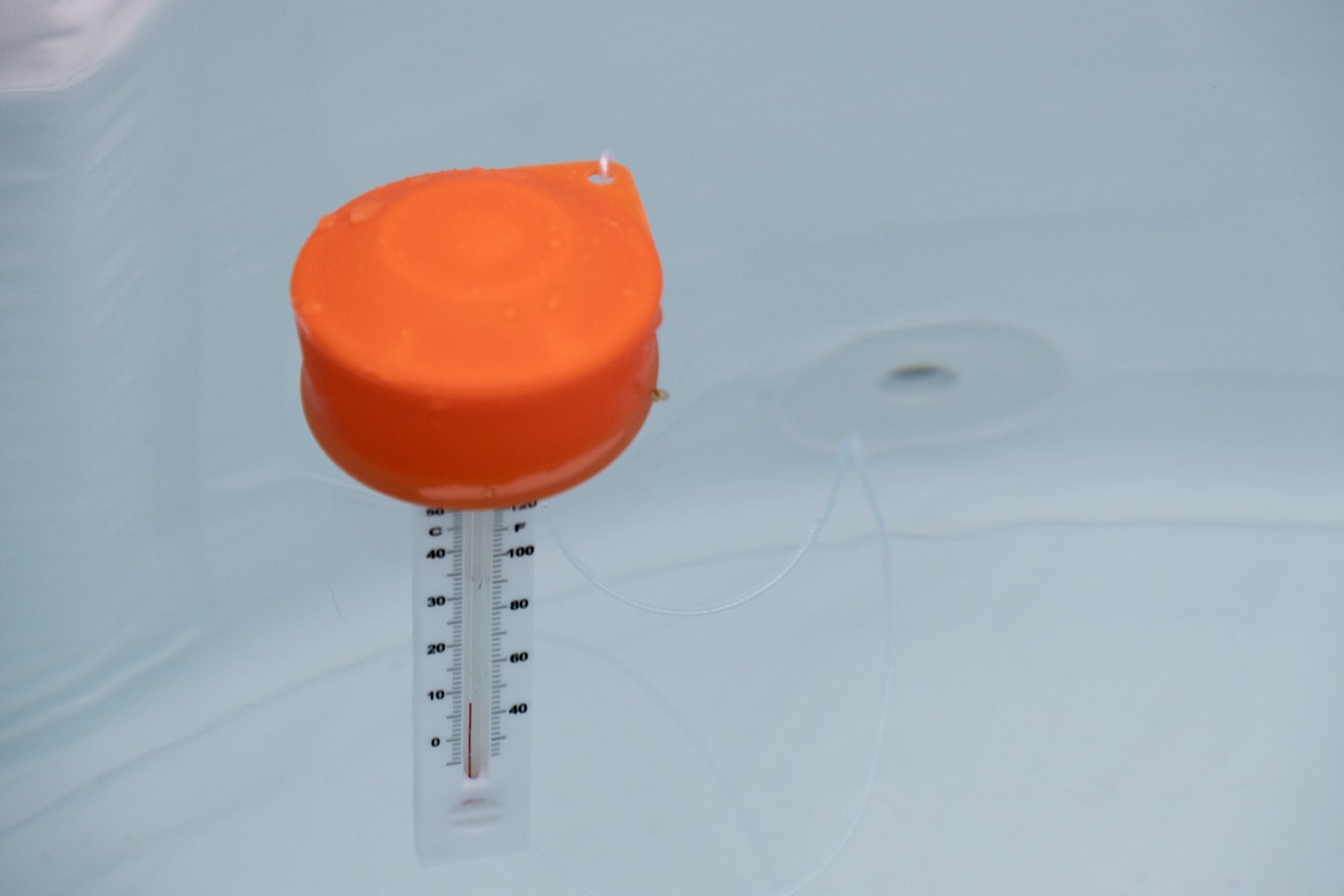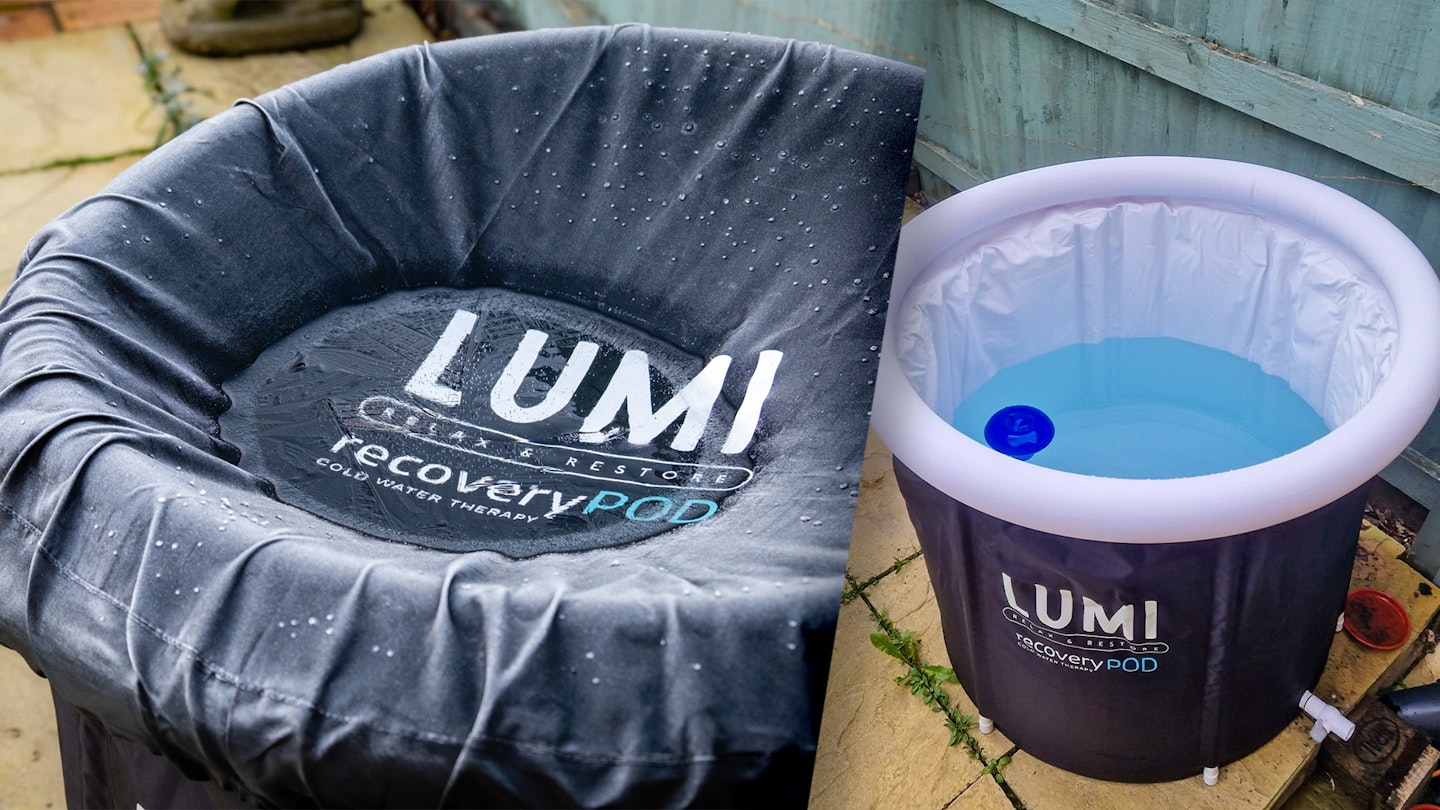I recently completed my first four weeks of cold water therapy as part of the Lumi Recovery Pod Portable Ice Bath review process. Over that time, I learned something about the process, and I'd like to pass it on.
There are many reasons that people are buying the best cold water therapy tubs to take - you guessed it - cold water therapy, sometimes Cold Water Immersion (CWI), into their routines. Some partake in many sports and endurance events, like football matches or long-distance runs, that appreciate CWI's ability to reduce inflammation and aid recovery. Others are interested in the well-being benefits of breathwork and meditation, ala Wim Hoff.
Whatever your rationale for starting cold water therapy, here are eight tips following my month-long test.
'Get your arms in you casual': How to make cold therapy easier (or tougher)

One day, I woke up at 5 am after going to bed at midnight and couldn't get back to sleep. I was working the next day and started to flag around 11 am, so I figured it was time to give myself a jolt. Rather than banging down a double espresso, I opted to shock my nervous system into action with cold water therapy. While taking my dip, I sent a flattering selfie to a colleague, titled "Greetings from misery pond 2k23", to which they quickly replied, "Get your arms in, you casual". Though my fragile self-image was shattered in an instant, this comment does highlight nicely something I learned about cold therapy over my trial. You can make it easier on yourself or way harder. It's all in the arms.
Keep your arms out and rest on the side for an easier time. This keeps your upper chest and shoulders out of the water while maintaining the coldness of most of your body. Drop your arms into the water, and you're challenged. You are up to your neck, and you soon realise how much power your arms have over temperature regulation.
How I used my arms reflected how tough I felt and how long I wanted to stay in the tub. If I were happy with a four-minute dip, I would go to the arms and shoulders. If I felt like a more meditative dip, clocking around eight to ten minutes, it was arms out all the way.
The only complicating factor to this method can be the weather. When chucking it down and the wind is high, this can cancel out any added endurance from having your arms out.
Another thing you can do to punish yourself is keep moving. Hunkering down and staying stock-still, the water immediately around your skin loses some of its bitter chills, and you can sink into your mind palace happy place or wherever you want to head. For more of a mental toughness challenge, move - it displaces the water and makes it far, far colder and more challenging. Wiggle your toes, flap your feet. Circle your arms and move back and forth. Bounce up and down. Whatever - it all works to make things colder.
Get some bromine

This is going to save you gallons and gallons of water. If you were to start cold therapy three times a week and refresh the water every go, you'd use upwards of 450 litres of water weekly. One month in, that's 1,350 litres. Seven months later, you've used enough water to fill a shipping container, and your water bill has bankrupted you.
Bromine is like chlorine but nicer on your skin. It'll keep water safe to use for up to four weeks. A pack and a floating distributor cost me about £20, which is worth it in the long run.
Buy: Bluewater Bromine 20 x 20g Tablets Plus Floating Dispenser, £17.95 at Amazon
Top it up
You'd be surprised how much water you take when you get out. After about ten days, I needed to do a top-up to keep the water at the right level on my chest.
Track your heart rate
I recommend this as a point of interest rather than a necessity. I found it fascinating to watch my heart rate level out and see how quickly I could return to resting. I used a Garmin fitness tracker, but your smartwatch will be able to do the same thing.
Flip-flops before getting in
Wear some footwear on your way to the tank unless you have an impeccable, clean garden or space for the tub indoors. You drag all sorts of grit and muck in off the floor via the bottom of your feet.
Have a timer ready, but don't be strict
Set a time to aim for. I always aim for six or seven minutes. If it were going well, I would extend, but equally, I could call it if it was too cold that day. A timer is very helpful for gauging your progress and making sure you spend only a little bit of time in the water, but it isn't something that should keep you in the water if you are having a bad time.
Get a floating thermometer

Temperature tells you the maximum length of your session. 10°C is a maximum of 10 minutes; 7°C is seven minutes. Having a thermometer bobbing about in the water and ready to tell you the temperature right before a session makes it easy to work out what you are doing.
You don't need a DryRobe or poncho
Once my Lumi tub arrived, I went straight into the back of my wardrobe to drag out my old surfer's towel poncho, convinced that it would be a godsend as soon as I got out of the water. It wasn't worth grabbing.
The water you've been in is cold, and you've acclimatised to being out by the time you get out. So, when you are standing there wet, it isn't that big of a deal, and you can replace the lid and tidy up as needed, then towel off and head in.
Don't go thinking you need to splash out on a DryRobe.
William Lobley is the Deputy Tech & Fitness Editor for What's The Best. Here, he oversees, curates and researches listicles and reviews as many products as his home office can handle.
He has spent nearly five years writing about tech, audio, outdoors and fitness and has reviewed everything from smartphones to ice baths. In addition, he's well-versed in sniffing out the best deals and savings the internet offers.
When not at his desk writing, reviewing or deal-hunting, he'll be relaxing with Japanese crime novels, bingeing some classic anime, strolling the countryside or at the gym listening to the heaviest metal Spotify has to offer.
Subscribe to the What’s The Best Newsletter to keep up to date with more of the latest reviews and recommendations from the rest of the What’s The Best team.
